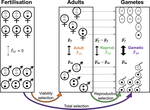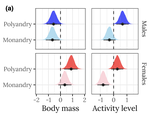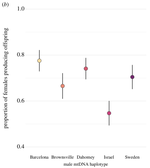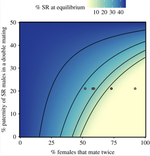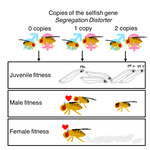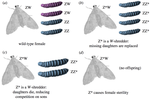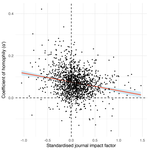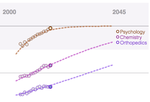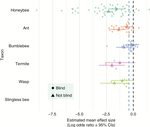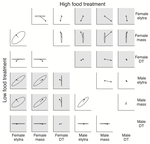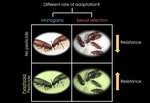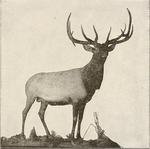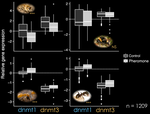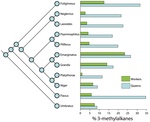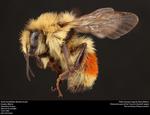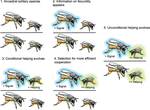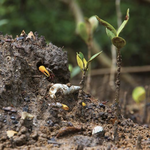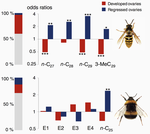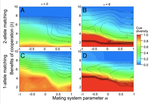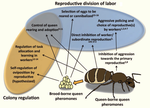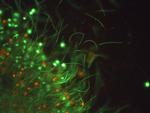Publications
We recorded the gender of 36 million authors from >100 countries publishing in >6000 journals from most STEMM, and made a web app facilitating exploration of the data. Despite recent progress, the gender gap appears likely to persist for generations.
Evolution of female choice under intralocus sexual conflict and genotype-by-environment interactions
We use theoretical models to examine the evolution of female choice when there is both intralocus sexual conflict and local adaptation. We show that IASC can weaken female preferences for high-condition males – or even cause a preference for males in low condition – depending on the relative benefits of producing well-adapted sons versus daughters. We discuss the relevance of our results to conservation genetics and empirical evolutionary biology.
